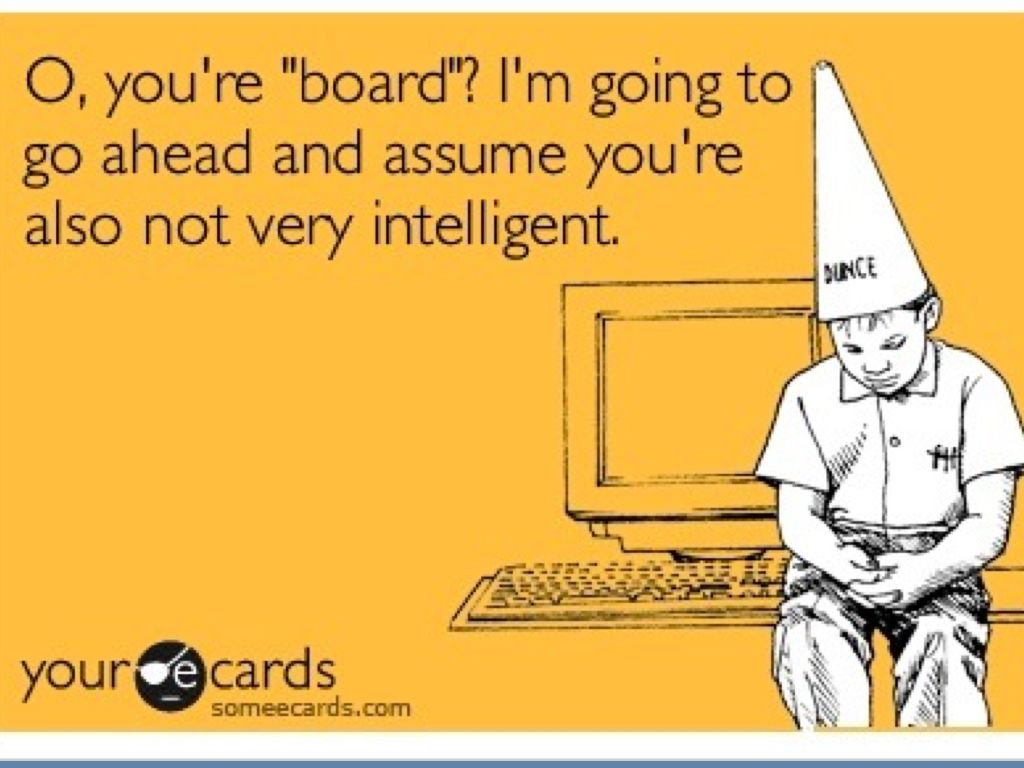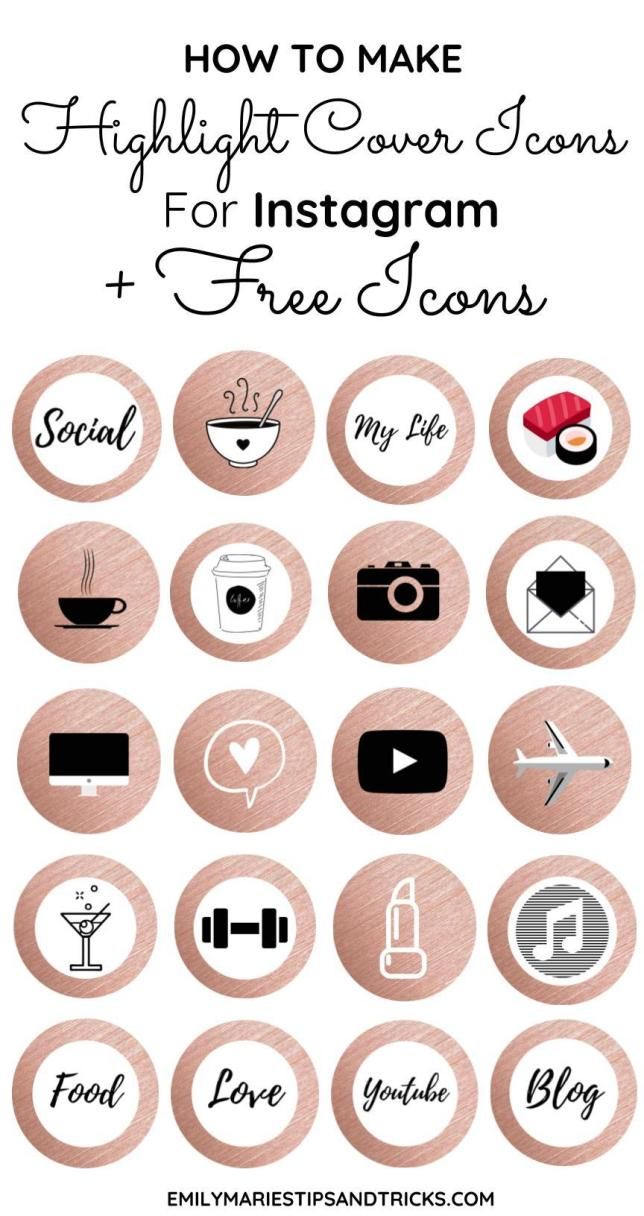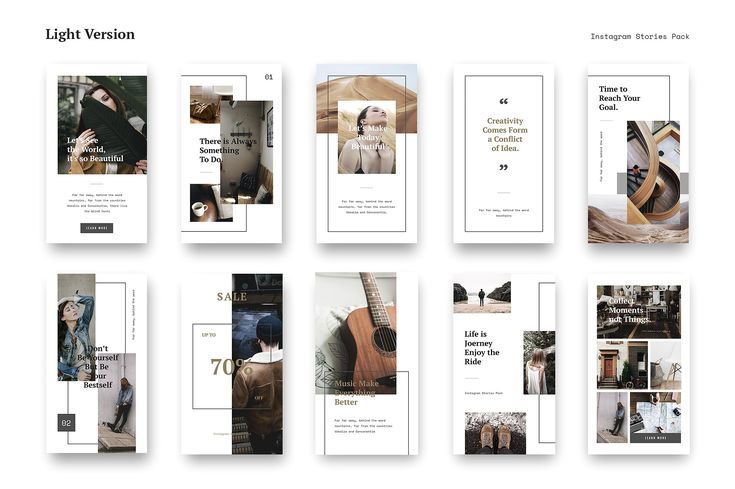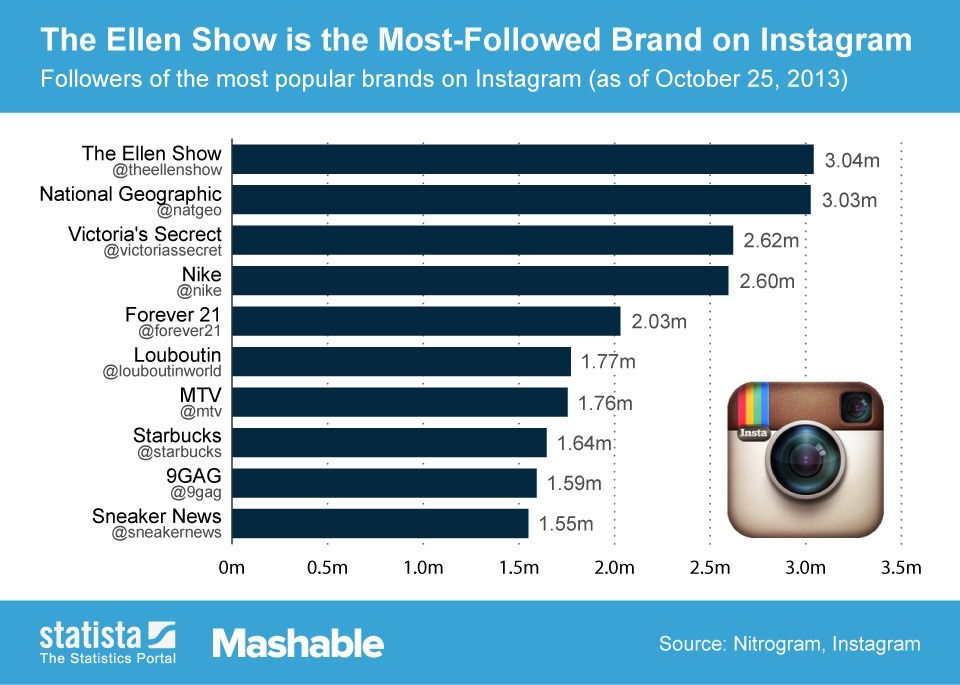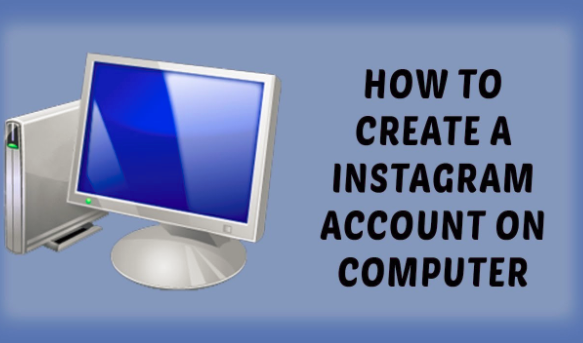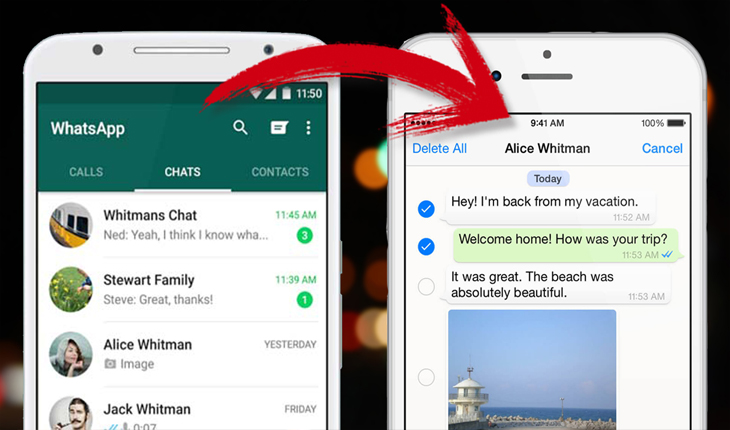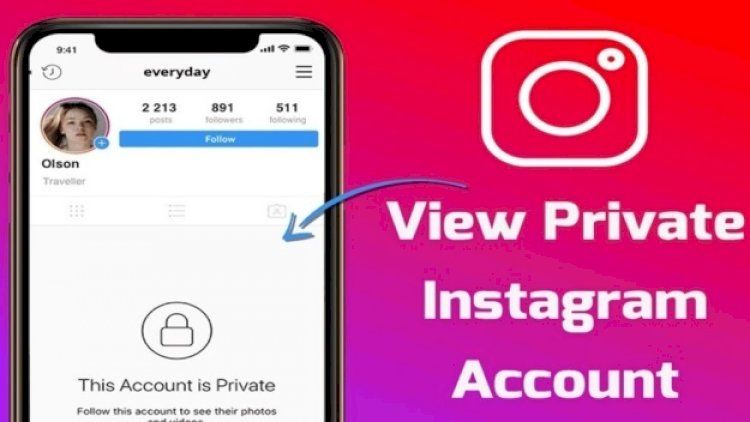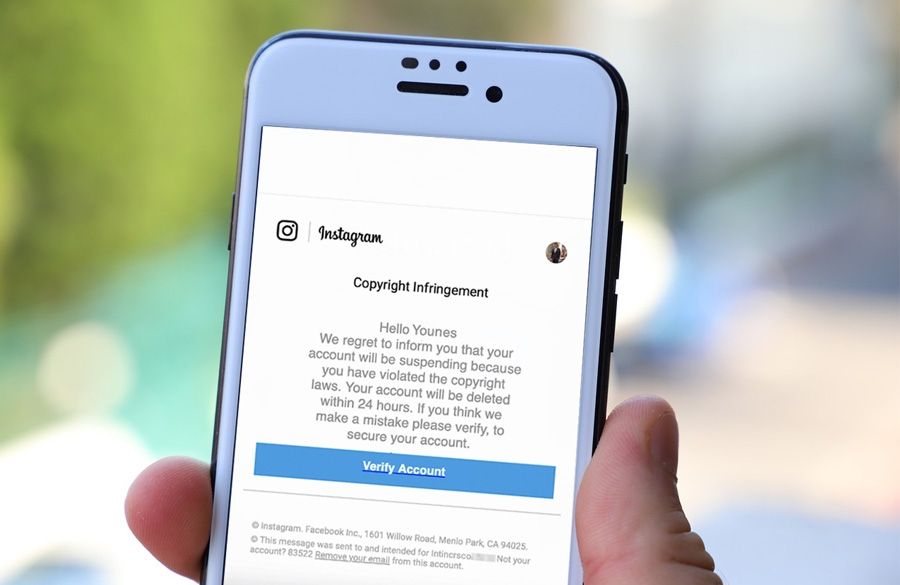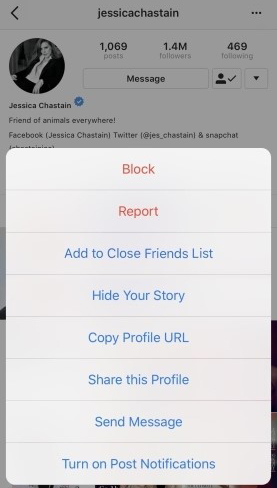How is instagram different than facebook
Which Channel Is Best For You?
Social media is a numbers game, right? Like most marketers, you probably closely monitor how many followers you have, likes you get, impressions you make, and orders you receive. And from a numbers perspective, it’s easy to view Facebook as the top social media channel to focus on.
After all, Facebook is the biggest social network worldwide, with roughly 2.91 billion monthly active users. Instagram, on the other hand, has around one billion monthly active users. So why wouldn’t you just pour all your social media efforts into Facebook?
Well, the answer depends on other important factors, like who you’re targeting, the platform’s algorithm, and your campaign goals. This article will show the key differences between Facebook and Instagram so you can decide where to run your future social media marketing campaigns.
What’s the difference between Facebook and Instagram?
The key difference between Facebook and Instagram is that Instagram only enables posting photos and videos. Facebook allows you to post photos and videos as well other types of media, like articles, quizzes, website links, and long videos.
Instagram is a free online photo and short video social media platform, while Facebook is a free social media platform where users can share different post types with other users.
Facebook has web and mobile app versions, both of which are popular with users. Although Instagram is also accessible from a web browser, it’s mobile app version is more user-friendly and widely used.
It’s also worth noting that while Facebook has a much larger global base of users than Instagram, Instagram’s audience is younger.
Facebook versus Instagram by the numbers
Upon digging deeper into the data, you’ll find that both Instagram and Facebook have specific divergences that make them better-suited to particular marketing campaigns.
Audience demographics
Both social media platforms have different audience demographics. Instagram targets a younger demographic mostly comprised of people under 30.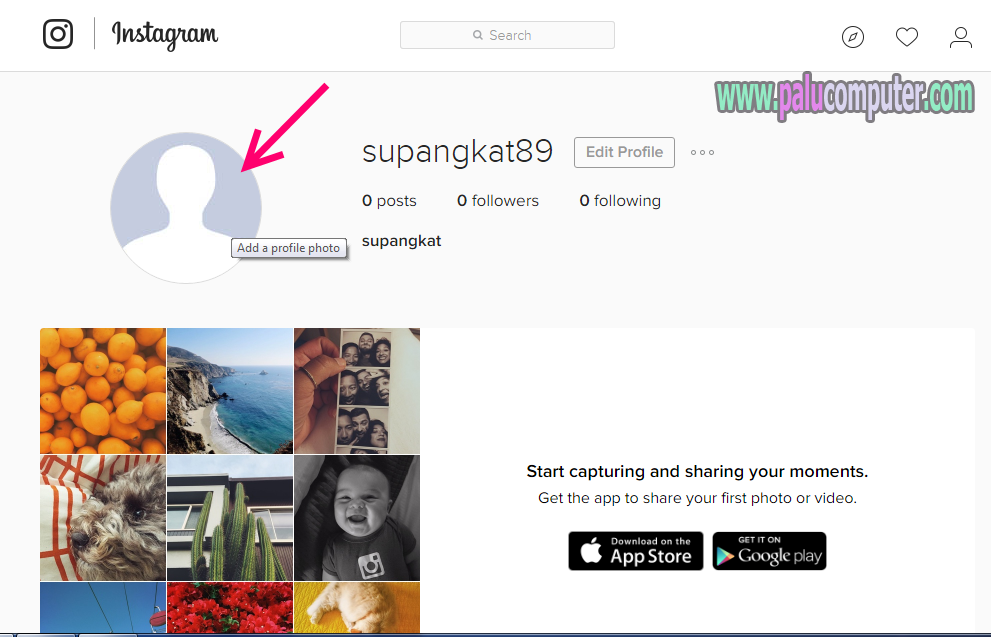
As of Q4 2021, 31 percent of global active Instagram users were between the ages of 18 and 24. More than half of the global Instagram population is 34 or younger.
It’s popular among users seeking style inspiration, creative ideas, new trends, and learning about what influencers are up to. If your brand wants to reach a younger, visually-aware millennial audience, visibility on Instagram is essential.
Skincare brand Curology engages with its millennial target audience with brightly colored visual images and catchy captions.Facebook has a broader base of different age groups. Though platform targets young people, adults, and the elderly, it appeals more to a slightly older age group. (Currently, around 32 percent of Facebook’s users are between 25-34 and 18 percent are 35-44.)
Its extensive audience demographics can be useful for brands with a more widespread appeal looking to target varied audience segments in multiple locations.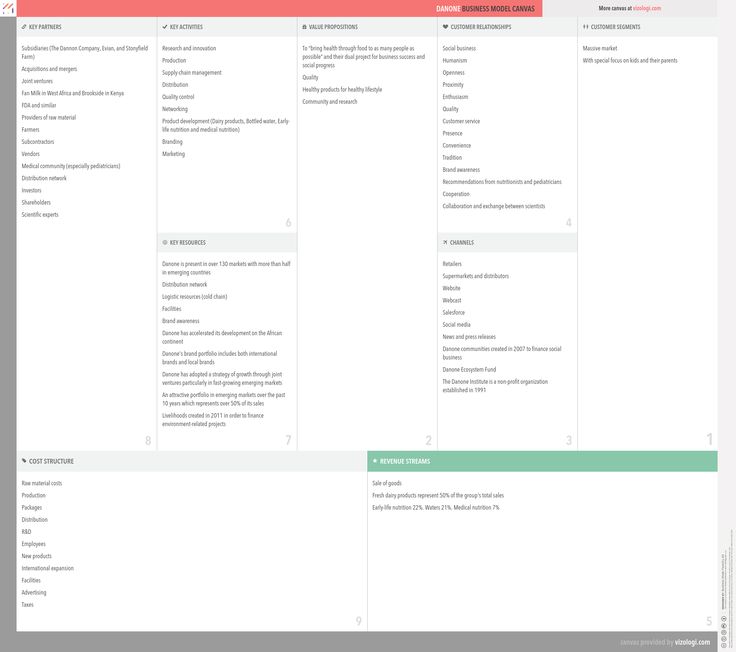
One of Facebook’s biggest benefits is that brands can easily target specific user demographics (like age) and then further segment this group by location, profession, and interests.
If you’re running an ad campaign on Faceook, you can easily customize it to reach people in your target age range or other segments (more on this later).
Engagement
Although many people believe Facebook’s popularity faded during Q3 2021, Facebook still reported approximately 1.93 billion daily active users (66% of monthly active users). And in the U.S alone, the daily time spent on social media is just over two hours.
In comparison, 63 percent of Instagram users in the United States accessed the photo-sharing app on a daily basis.
The majority of users on both social media platforms are active on a daily basis. But the key is to think about the intention behind users’ interactions with the platform.
Generally, Instagram emphasizes inspiration, discovery, and observation.
Instagram is often seen as a resource for learning about new brands, places, and trends. People use it to get new ideas and be visually inspired.
Facebook, on the other hand, prioritizes personal connections and interacting with content shared by friends and family. In fact, 88 percent of users say that they use Facebook to stay in contact with friends and family; only 17 percent say they use it to follow brands/companies.
For that reason, it’s not always best for building brand visibility since most people use it to interact with people they know.
Functionality
Facebook and Instagram cater to different use cases. Instagram is set up for sharing videos and images while Facebook enables more varied post types.
Facebook provides audiences with substantial information and caters to diverse demographics with different expectations.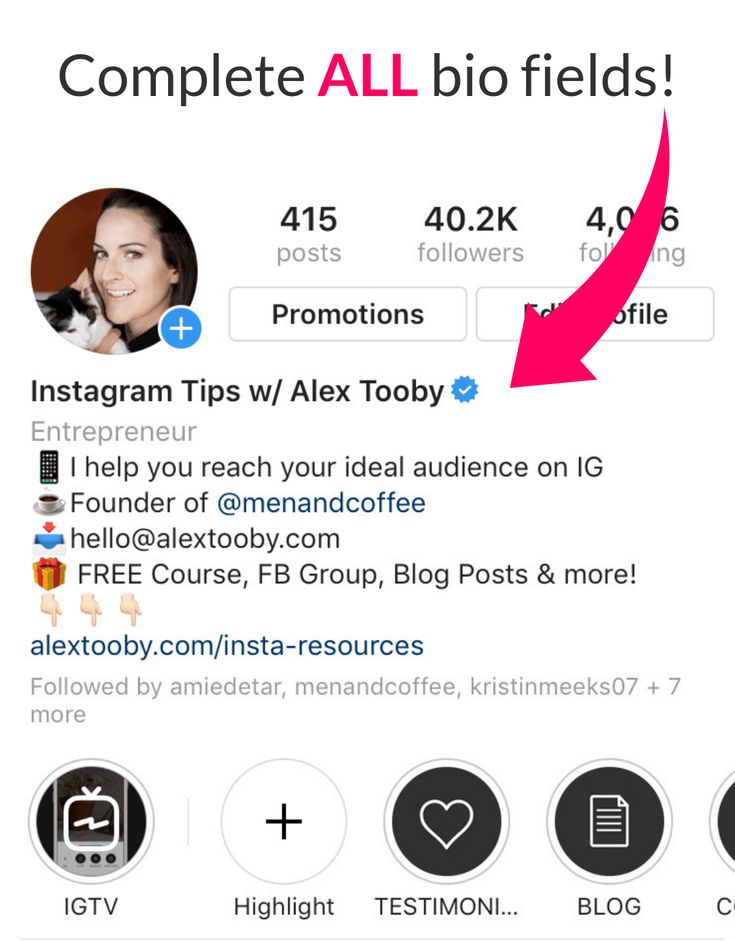 People log on to view videos, read posts, see Stories, read the news, play games, and learn about new events. Users can even find personal information about individuals, business history and contact information, and events businesses hold.
People log on to view videos, read posts, see Stories, read the news, play games, and learn about new events. Users can even find personal information about individuals, business history and contact information, and events businesses hold.
Instagram users expect clear and visual information when they log onto the platform. It’s easy to quickly scan an image and a couple of lines of accompanying text in the caption.
Thinking about each platform’s functionality will help you create a marketing campaign that plays to your chosen channel’s strengths.
According to recent studies, clicking on Facebook ads is the most popular activity its users engage in. In any given month, the average Facebook user clicks on 12 ads; in the U.S., this number rises to 18 ad clicks per month.
Users trust Facebook to show relevant ads. For that reason, it’s worth leveraging this trust to launch your own ad campaigns.
If you’re running ads on either Facebook or Instagram, you’ll want to pay attention to the cost of running the campaign and how it will impact your revenue.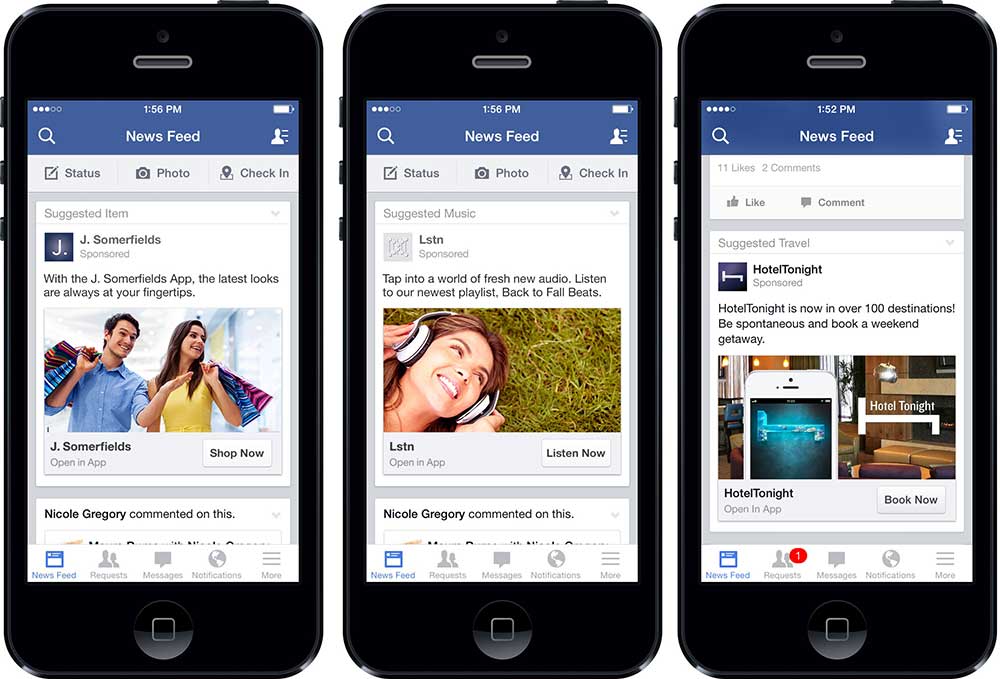 Facebook ads are generally better valued than Instagram ads (as measured by a per-click basis).
Facebook ads are generally better valued than Instagram ads (as measured by a per-click basis).
On average, the CPC value works out at $0.49 for Facebook ads and $1.09 for Instagram. Seeing as Instagram’s cost per click is more than double that of Facebook, you’ll need to make a clear budget and stick to it so you don’t risk running over it when you a run a campaign on the platform.
Facebook also has a much higher CTR for its ad campaigns. In fact, Facebook has the highest CTR overall—3.06% on average—compared to Instagram’s, which is 0.68%.
Having a low CPC and high CTR isn’t the be-all and end-all, however. You need those clicks to be high value too.
While each industry will have different CPCs and CTRs on each platform, Facebook is the clear winner. This is likely due to its highly customizable ad campaigns. While Instagram enables some customization, its filters aren’t as strong as Facebook’s.
Algorithm
Algorithms have the power to get your content in front of the right people. Ultimately it’s not about the quantity of views you get or impressions you make but their quality.
Ultimately it’s not about the quantity of views you get or impressions you make but their quality.
Social media feed algorithms decide which posts are seen by particular users and in what order they appear.
In the past, you might remember chronological news feeds that simply displayed all posts in order. While this timeline style was handy for making sure you didn’t miss any posts, it was messy if you were following hundreds of accounts. After all, how could you be sure you were going to see your favorite accounts’ most recent posts?
There was no way of getting them to the top. Algorithms are designed to give the end-user more of what they want –– relevant posts that they’ll engage with. This is great news as a marketer. Once you understand how both channels’ algorithms work, you can use them to your advantage and make better choices around your campaign planning.
While the exact science behind Facebook and Instagram algorithms remain a closely guarded secret, some key ingredients separate them from one another.
Instagram’s algorithm looks at:
- Relevancy: How relevant is the post’s genre to the user?
- Timeliness: The most recently published posts are ranked higher.
- Time spent looking at the post: The time spent viewing a post and not scrolling past it.
- Engagement: The number of likes and comments on the post.
- Relationships: Posts from accounts that the users interact with more frequently appear higher.
- Profile searches: Posts from accounts that users search for often rank higher.
- Shares: Posts from accounts the user has shared with others rank higher.
Notice how Facebook’s algorithm prioritizes other factors,.
Facebook’s algorithm values:
- Family and friends: Posts from personal accounts from people like friends and family appear higher.
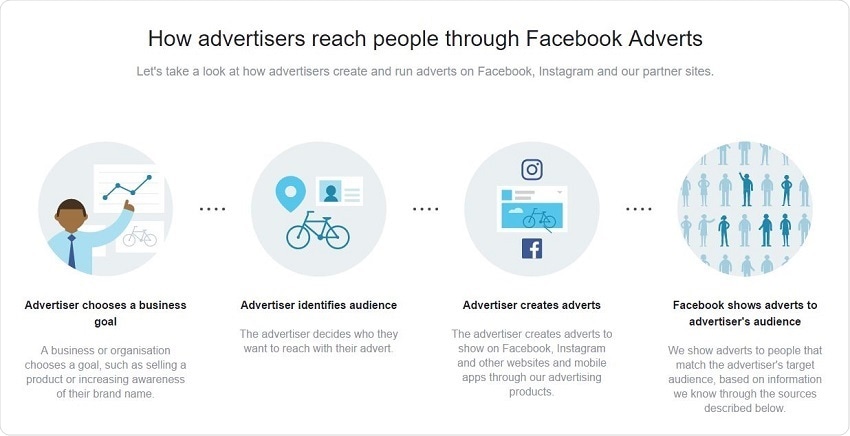 In other words, business accounts and brands are pushed down in ranking importance.
In other words, business accounts and brands are pushed down in ranking importance. - Promotional posts are downgraded: Posts that push people into making purchases or taking part in competitions are demoted.
- Bait is deprioritized: Posts that aggressively push for likes, comments, shares, tags, or votes rank lower.
- Engagement: Posts that receive comments, likes, and shares in a short amount of time rank higher.
- Images and videos: Visual posts rank higher, while text-only posts are demoted.
With a better understanding of how both algorithms work, you can see which types of posts are more likely to perform best on each channel. While Facebook might seem like the obvious choice for brands that want to reach a massive global audience, its algorithms aren’t always the most friendly towards promotional content.
How to choose which channel is best for your brand
Whether you run a local business selling organic groceries or a drop-shipping brand selling dog collars, a strong social media presence is vital for building brand visibility and trust.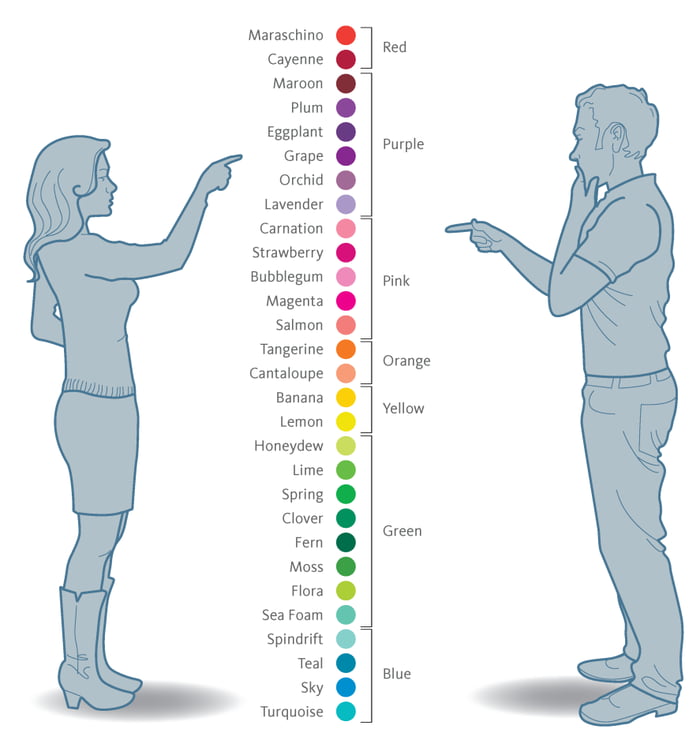 In all likelihood, you should and probably already have an active business account on both Facebook and Instagram.
In all likelihood, you should and probably already have an active business account on both Facebook and Instagram.
By having active profiles on both social media platforms, you can choose the best platform to run each of your campaigns on.
For example, if you want to target New York-based millennial dog owners for your latest dog treat product, you might find that Instagram is best for engaging with potential customers and sharing engaging organic posts.
Dog toy and treat subscription brand Barkbox shares funny and engaging images of dogs to build awareness of their brand values and products.But if you run a green grocer and want to run a hyper-targeted campaign aimed at a local market of working professionals in their forties living in downtown Seattle, Facebook is probably the better social media platform. It enables you to run a highly targeted campaign without burning through your ad budget quite so fast.
Grocery home delivery service Washington’s Green Grocer uses Facebook to promote deals they run.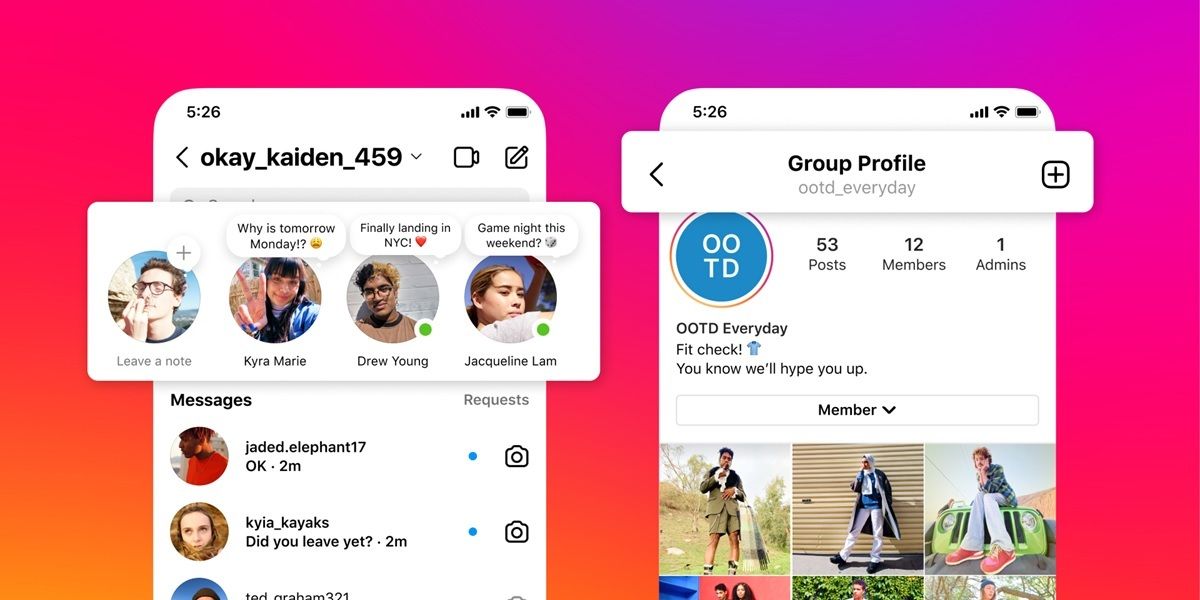
The key is to think about the goals of each of your marketing campaigns. Are you trying to build authenticity and engage with more of your target audience? Or are you trying to advertise a specific product or service to a smaller, highly defined audience in a specific location?
Answering these questions will help you choose between Facebook and Instagram when it’s time to launch your next social media marketing campaign.
Final thoughts: Instagram versus Facebook
Facebook and Instagram are powerful tools for building your brand’s online visibility. Instead of focusing on just one, it’s best to use both Facebook and Instagram in tandem and take advantage of their unique strengths.
Facebook is a great entrance to online stores or other media sources because you can post links anywhere. The platform’s paid ads are also cost-effective and well-suited for reaching diverse age groups and demographics.
But if you’re looking to directly interact with younger customers and create a stronger brand identity, Instagram is your best bet.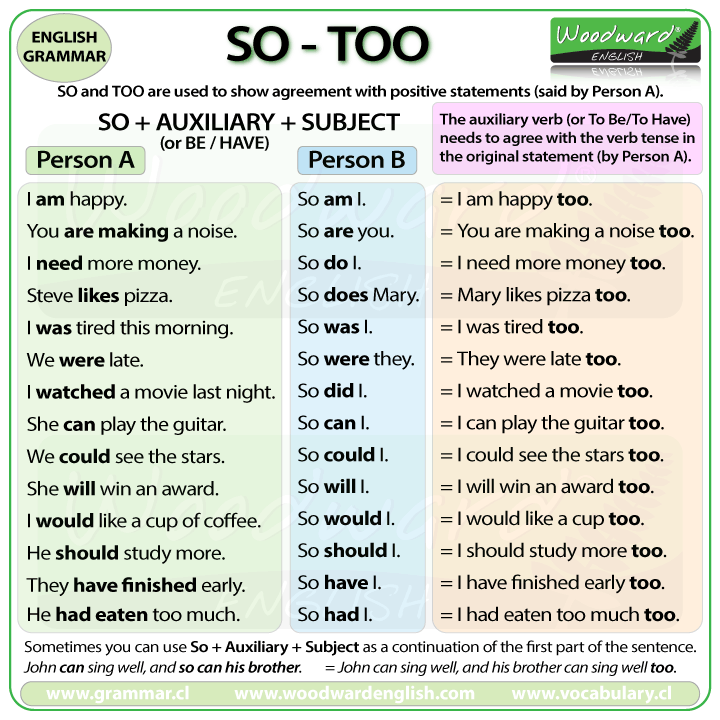
Both platforms have their pros and cons –– the important thing is to know how to tie them to your goals and use them to your advantage..
Grow your Instagram following and make sales with Instagram Automation by ManyChat. Start free today.
SIGN UP FREE
You already voted!
The contents of this blog were independently prepared and are for informational purposes only. The opinions expressed are those of the author and do not necessarily reflect the views of ManyChat or any other party. Individual results may vary.
What Is the Difference Between Facebook and Instagram?
Instagram vs Facebook User EngagementFacebook is usually the place to start for most businesses.
We’ve mentioned that it has more than 2 billion monthly active users. And this will also help you get the best out of your social media marketing strategy. But then again, the same thing seems to happen on Instagram.
The numbers are not that different in the case of monthly users.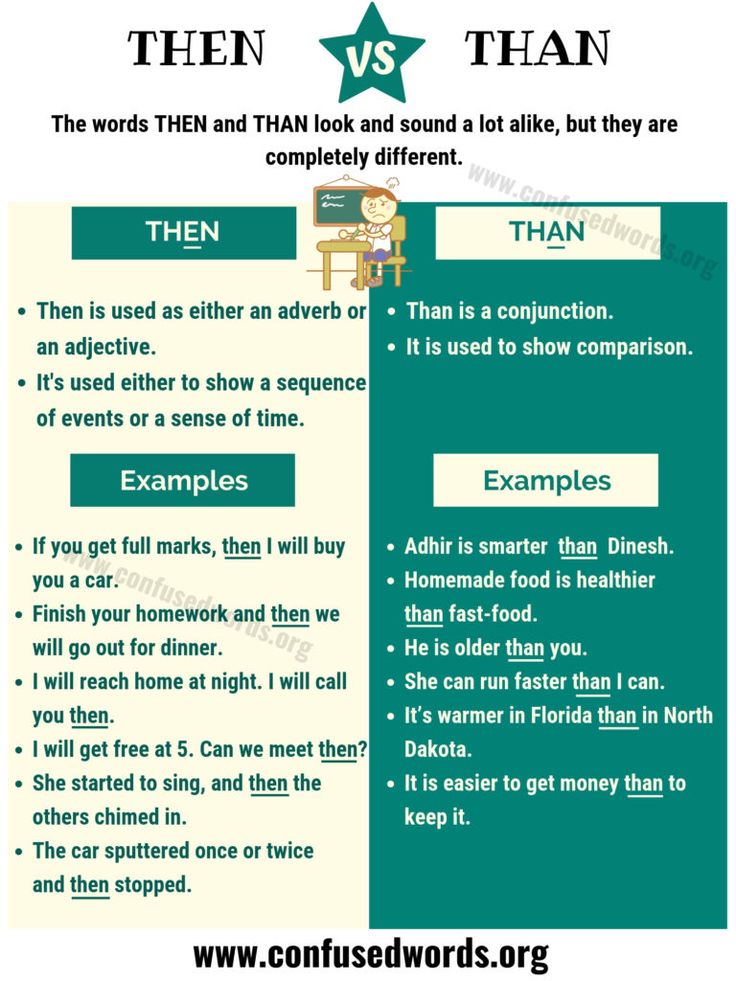 And this platform can bring a lot of visibility to your business as well. So, what gives?
And this platform can bring a lot of visibility to your business as well. So, what gives?
There’s no perfect formula behind the user engagement equation. It’s all going to break down to the platform your users are most used to. And, of course, the type of content you are going to concentrate the most on.
If your business is more oriented towards the visual component, go for Instagram as a main social media channel. There is one difference that we can mention here between Facebook versus Instagram.
Instagram is considered more attractive in terms of how its content is presented.
Instagram users follow more visually pleasing accounts. They open the application, see the images or videos, and either tap on them to like them or move on. This is a reason why your audience is likely to engage more with your Instagram content. Be it Instagram Stories, Instagram Reels, or IGTV.
Talking about Facebook, the presentation is similar but still different. When you open the app, you can’t control the type of content you’ll see.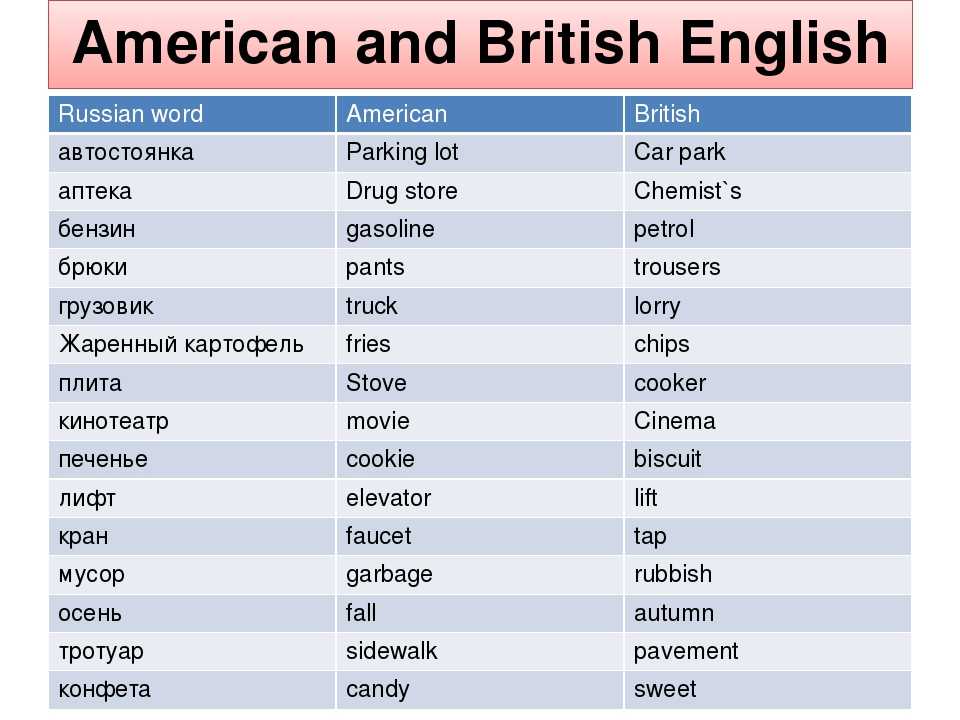 The first post can be a piece of news, a video, an image, but it’s never one type of content only.
The first post can be a piece of news, a video, an image, but it’s never one type of content only.
If your audience is keener on reading a post, you will have to lean more toward Facebook. How you will build and present your brand will also matter.
If you’re targeting business owners, Facebook is your go-to for user engagement. That is because this free social media platform is more flexible. You can engage your audience with a good text, generally curated blog posts, as well as jaw-dropping pictures or videos.
If you say sales, you place yourself in the Facebook camp again. That is because you can also benefit from Facebook paid advertising to put together a great lead generation campaign.
While you can also invest in Instagram ads, the platform is more suitable if you want to dwell on influencer marketing. This social media platform allows you to be as visual as you want. And it also allows your audience to be there with you by using the Live feature.
So, if you want to give your audience a glimpse of your life, Instagram will become your go-to.
Keep in mind that how users engage with your brand depends on a lot of factors like who they are, what they’re interested in, and what your business wants to achieve.
Instagram vs Facebook ContentWe know how the platforms work, who they’re addressing to, and how they provide user engagement. But then again, there’s a bit of a catch with the type of content both social media platforms promote.
Think about the following scenario: you have an image that you want to promote.
You end up choosing to do that on both Facebook and Instagram. But then you realize that the image has more success on a platform and less on the other. And you might be wondering why this happens since it’s the same image.
It’s important to mention that you can have the same content on both social media platforms. What makes the difference is how posting content works on Instagram vs Facebook.
You can post one to three times a day on Instagram, whereas, on Facebook, things change a bit. The recommendation is to post around three times a week. So, cross-sharing might not be the best approach in this situation.
What is suitable for a specific platform might not be as much for the other ones. And this applies in the case of Facebook vs Instagram as well.
There is no need to worry because with SocialBee you can create separate content schedules for both Facebook and Instagram. This will help you increase your reach and engagement by scheduling content at the best time.
Here is SocialBee’s schedule setup from where users can oversee and adjust their content strategy from a visual content calendar.
Start your 14-day free trial and have your content organized like this too!
Additionally, you can create content categories to diversify your content and publish posts that work best for each channel. It doesn’t matter only when and how often you post, but also how you personalize your content.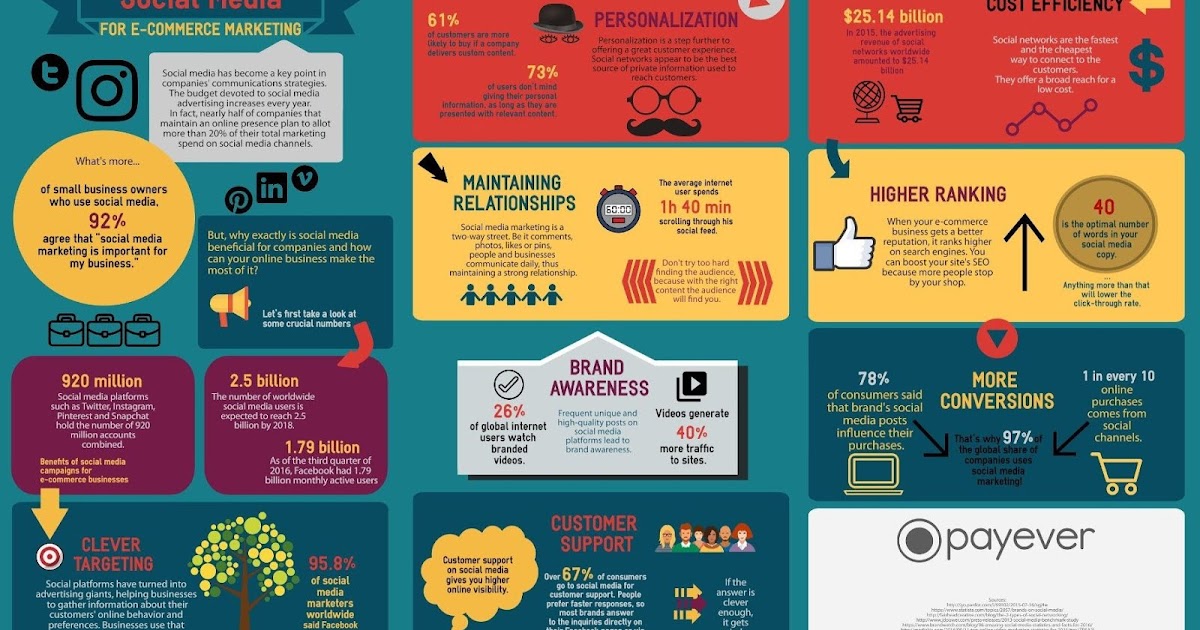 With SocialBee, you can share the same post on multiple social media accounts, and, with the help of the variations feature, you can make small adjustments in terms of copy or visuals.
With SocialBee, you can share the same post on multiple social media accounts, and, with the help of the variations feature, you can make small adjustments in terms of copy or visuals.
There is no universal answer, it depends on the nature of your business.
Each platform has its specific elements that make it more successful for a marketer. And the choice will depend entirely on the needs of the business in the cause.
If it were to be a discussion about Instagram vs Facebook: which one is better, it might lead to false hopes. Because what works for one business on Instagram will not work for the other business on the same platform.
Your business might even benefit more if it uses both platforms, for example. This is why understanding both platforms and always being in the loop will become key players for your digital marketing strategy.
Improve Your Social Media Presence with Facebook and InstagramSocial media is a great place for digital marketing strategies and efforts.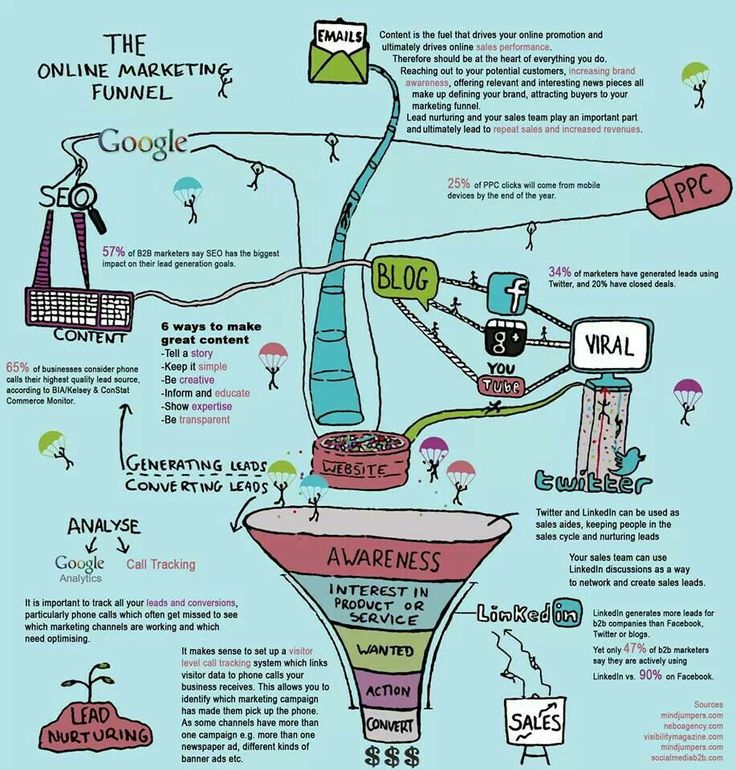 But when you have to choose between Instagram vs Facebook, there are quite a few factors to take into consideration.
But when you have to choose between Instagram vs Facebook, there are quite a few factors to take into consideration.
Even if both platforms are similar in what they offer and how they behave, they are still different from each other. And this uniqueness asks for different strategies adapted to the platform. Another thing to consider is that both of them are ever-changing. Thus, strategies also have to adapt to any newly added features.
Regardless of what you chose, just remember that SocialBee can help you create and share content on both platforms.
You don’t have to decide between the Facebook and Instagram app. In fact, you can actually customize your content for each channel and make the most out of both platforms.
Start your 14-day free trial today and start posting on Facebook and Instagram easier than ever before!
Differences between blogging on Instagram and Facebook
Consider the difference between blogging on Instagram and Facebook, as each social network has its own rules and nuances.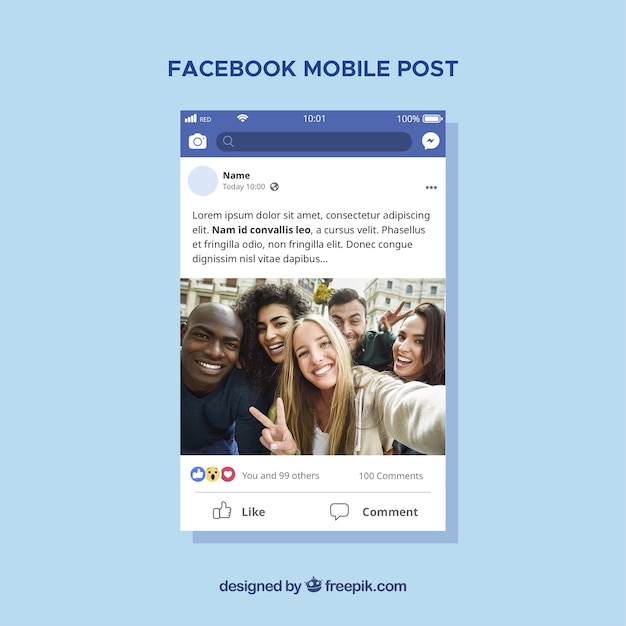
The audience on Instagram and Facebook
The audience on Instagram is spoiled by pranks and gifts – everyone wants to get a big prize for subscribing.
The Facebook audience is more critical and conscious than on Instagram.
Almost every second person on Instagram has a dream of becoming a blogger, and they want to make money on it, they have a goal to monetize their blog. nine0003
Facebook does not count on this, and posts on Facebook are not written with the intention of attracting an audience, often they are just notes. People write for themselves, as a personal memory. Or these are business proposals: “I’m looking for someone, tell me contacts”, “these are the conditions”, and you can even get a job through Facebook.
There is no artificial audience growth in Facebook, no artificial likes, services and giveaways.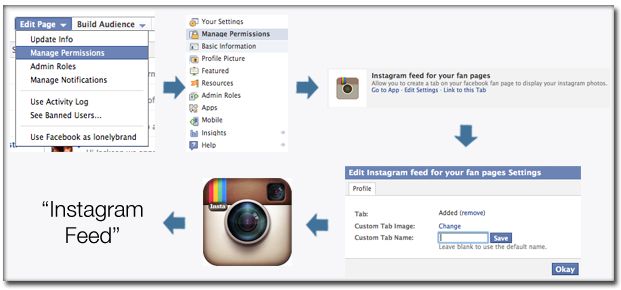 Therefore, the number of likes on Facebook posts is ten times different from Instagram. The Facebook audience is more difficult to recruit, often bloggers who are successful on Instagram try to duplicate themselves on Facebook, but they fail, the audience is not recruited. nine0003
Therefore, the number of likes on Facebook posts is ten times different from Instagram. The Facebook audience is more difficult to recruit, often bloggers who are successful on Instagram try to duplicate themselves on Facebook, but they fail, the audience is not recruited. nine0003
How Facebook posts are different from Instagram posts
Photos are very important on Instagram.
There are no restrictions for Facebook - write as much as you want. When you duplicate such a post on Instagram, it does not fit. Then you have to write part of the text in the comments or take screenshots in the carousel.
For Facebook, photography is not so important, you can make posts without visual content at all, the main thing is to write well.
Difference in Instagram and Facebook promotion
On Facebook, unlike Instagram, there is still a system of sincere interest “you - to me, I - to you”. But not like on Instagram, where it often happens that you like it - they immediately respond to you and put a similar like, you write “Good weather”, they also write “Good weather” to you, that is, soullessly.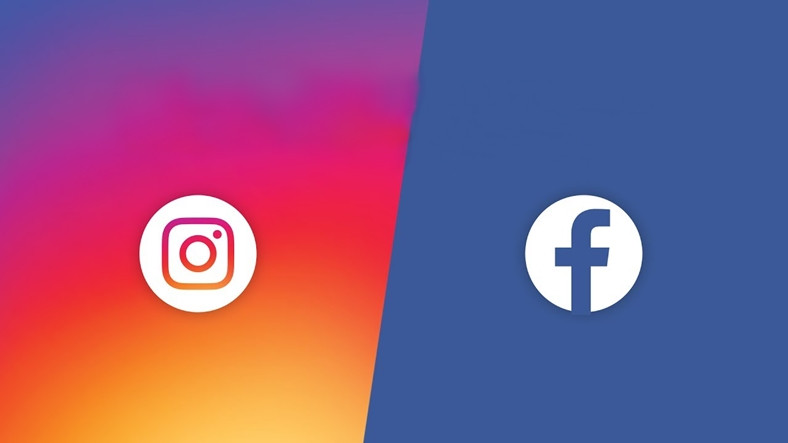
And on Facebook, if you go to a page, like its posts, watch interesting content, then more often this sincere interest is returned by subscribing or adding to friends, likes, comments. And later posts continue to look. The main rule for filling the Facebook audience is chic and high-quality content. But on Instagram, subscribers are recruited not only with high-quality content. nine0003
However, on Facebook, even a great post won't appeal to people who don't follow you, because there's no recommendation section. But if someone commented on this post, then all his friends receive a notification. They can read the post, maybe subscribe and like.
Advertising brands on Instagram and Facebook
There is a clear line on Facebook: advertising and non-advertising. Advertising on Facebook greatly undermines the authority of a blogger, and on Instagram this is acceptable. On Instagram, you can openly write that this is an advertising post, and you are selling something. nine0003
nine0003
When advertisers go and analyze a Facebook profile, they look for comments that may be from other bloggers. Because of them, advertisers believe that this is a fake blog. And that may not be the case at all.
Facebook is usually ordered by large companies that understand how to develop on Instagram, but also want to reach the audience on Facebook. Therefore, when everything has already worked out with Instagram, the brand understands that it is also necessary to develop the Facebook audience, because there is a different contingent and awareness, and they are looking for bloggers in this industry and are ready to pay for advertising. nine0003
Facebook is bad because there are no statistics on a personal account. And to understand that the statistics are good, only a person who understands how Facebook works, where it is impossible to wind up a thousand likes, can only watch real comments.
It turns out that a potential advertiser can evaluate activity by likes and comments.
On Facebook, 3,000+ followers are enough for brands to take notice and offer ads. On Instagram, 3,000 is very little.
How Facebook and Instagram are connected, a complete analysis of the logic - Social networks on vc.ru
The material was prepared by Daniil Vem, founder of SMM Cluster.
57 133 views
Almost everyone always scolds Facebook for its complexity and versatility. Especially in the context of business on Instagram. About how to understand everything and forgive Facebook sins, and will be discussed.
For the impatient - the complete scheme at the end, and for the rest - a detailed analysis of it, based on the logic of work, below. nine0003
3 facts before the start of
Fact 1. Instagram has been owned by Facebook since 2012. To date, the algorithms are very similar, although not identical everywhere.
Fact 2. Facebook's audience in the CIS is 32,000,000 people, and Instagram's is 69,000,000 people.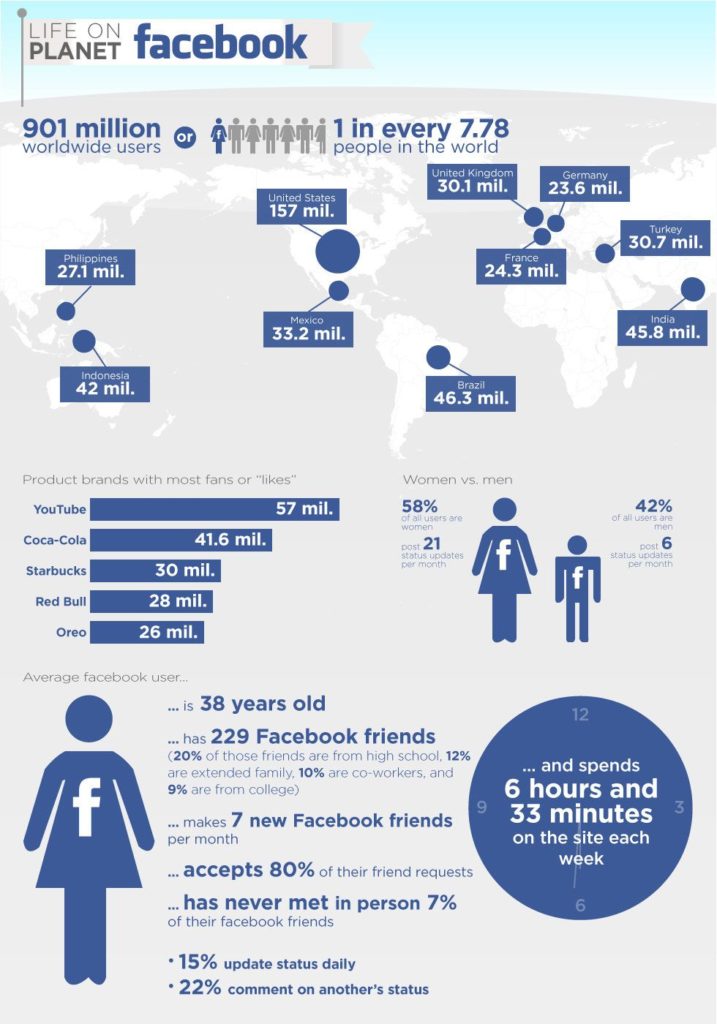
Fact 3. Both sites have tools for business promotion, and they will be discussed in this article in the first place.
Step 1. Personal Facebook page
Personal Facebook account Daniil Vem
It all starts with a personal Facebook account. It is needed for:
- personal brand development
- administration of business pages, groups and events
- to connect with the Instagram account, which allows you to increase trust in it, and as a result, allows you to restore it in case of blocking
nine0083 to invite your friends to business pages, groups and events (gray methods that can result in a ban)
A personal account can be promoted by content (likes, reposts, comments = increase in reach), or by adding friends to the target audience (gray method) and recommending other profiles to add you as friends (gray method when you have more than 5000 friends).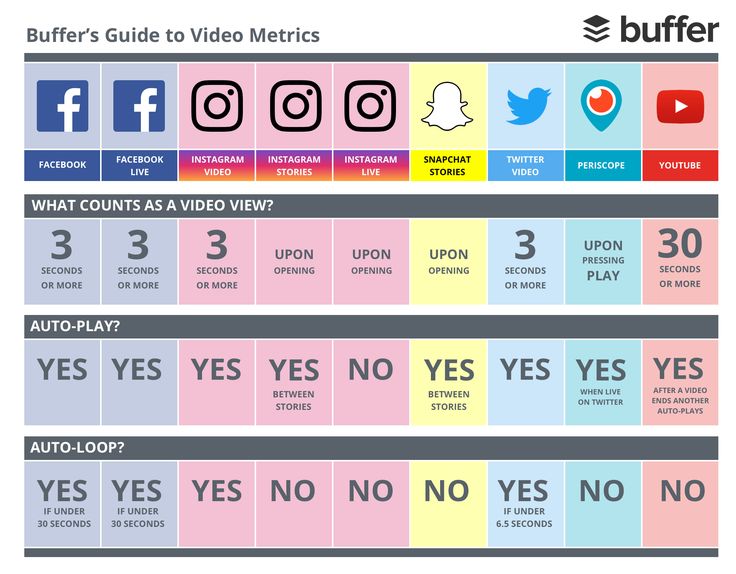
From a personal account you can create:
- event
- group
- business page
- business manager
- advertising
At the same time, a business page can also be created through the business manager.
What can be created from a personal Facebook account Daniel Vem
Step 2. Facebook business page
Today, this is the best format for presenting a business on Facebook. Groups are more social and rarely touch business goals, and events are episodic. nine0003
Unlike a personal account, in a business page you can:
- name it with a brand name (the name is well indexed, so do not hesitate to use keywords for search)
- fill in all contact information about yourself (alas, with only one address, which does not affect geo-tags, since they are created through publications)
- create a product catalog and link it to the website and Instagram
nine0083 run ads on Facebook and Instagram feeds (here it should be noted that you can advertise on Instagram without an Instagram account, just on behalf of a business page) - track post statistics and schedule posts
- set up chatbots to automate messages
- collect an active audience to find people similar to them and display ads on them
nine0094 - audience statistics
- publication statistics
- buttons for targeted actions (call, email, how to get there) and a geolocation mark
- the ability to run ads from a computer (from the advertising account) and from an account (without special audience settings)
nine0083 the ability to collect an active audience to search for people similar to them and display ads on them - the ability to attach products from the Facebook catalog to publications
Step 3.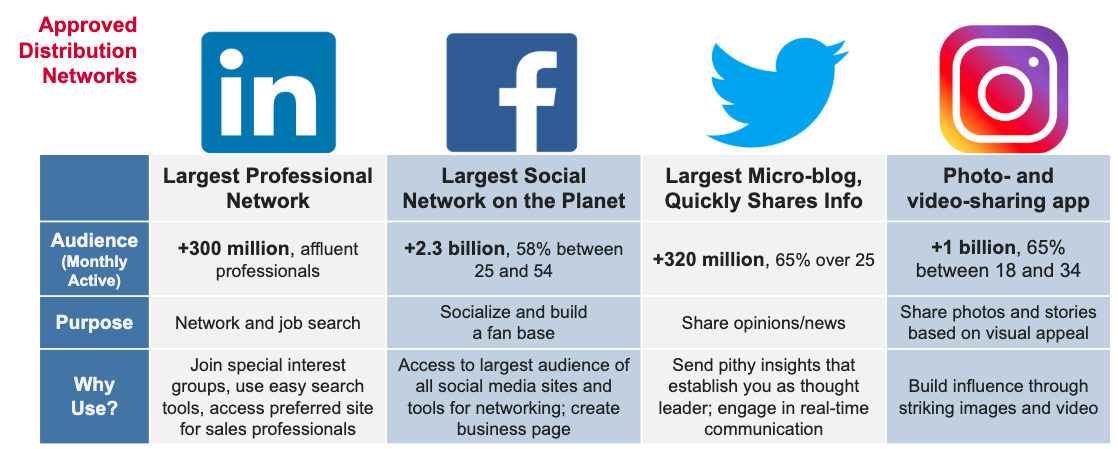 Instagram business account
Instagram business account
Personal and business profiles on Instagram Daniil Vem
You can not immediately register a business account on Instagram. In any case, you first register a personal account, and then transform it into a business.
The transformation process occurs through the connection with the Facebook business page. It also gives you access to set up ads on Instagram through your ad account. You can start the transformation either through the business page settings, or through the settings of your personal Instagram account. nine0003
Instagram business account expands its capabilities, namely, it adds:
Summary and complete diagram
This diagram will help you put together all the knowledge about the structure of Facebook and Instagram.